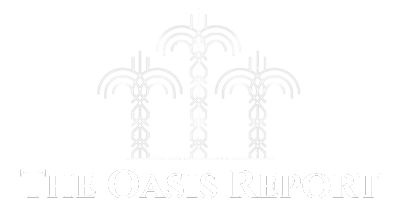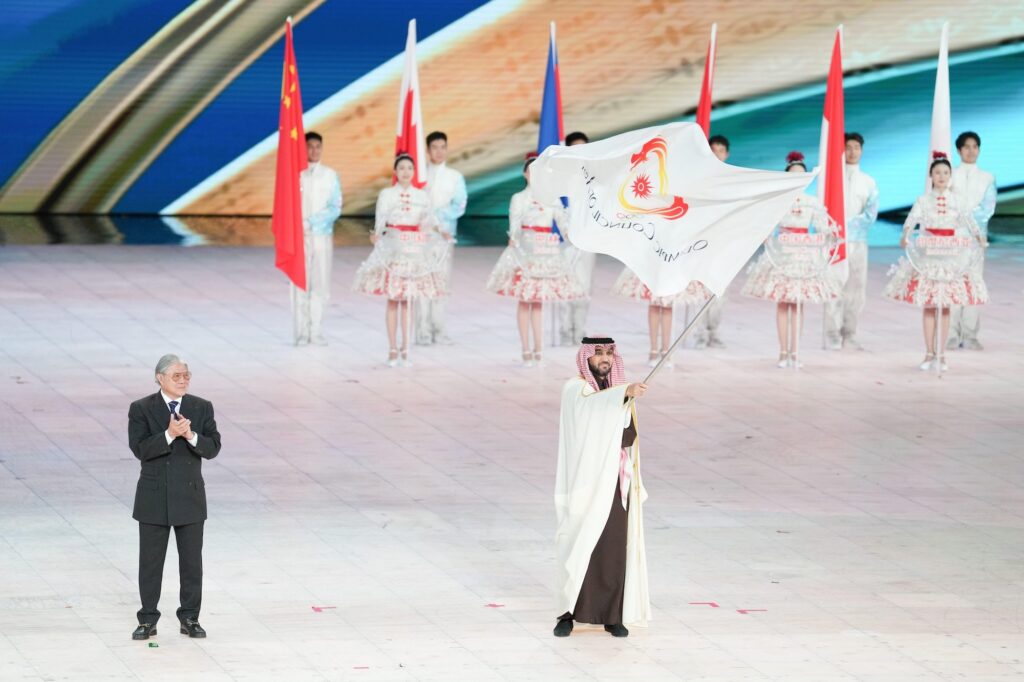
Zhao Yuhang/China News Service/Alamy Live News
The Saudi state oil giant Aramco took nearly everyone by surprise on Tuesday when it announced a cut in dividends.
As a result the Saudi government and the Public Investment Fund (PIF), which still collectively own 97.5 percent of the company, stand to receive $38 billion less in dividends in 2025 compared to the previous year.
How many governments can absorb such a loss? The proposed cuts are equal in size to the economy of a small country. It is enough cash to pay for all the 2024 state expenditures of both Oman and Lebanon and take every citizen of both countries out for dinner afterwards.
Saudi Arabia had already forecast a fall in state revenue this year, but this latest drop will exacerbate that.
The shortfall comes at a time in which Saudi Arabia is investing billions in infrastructure projects up and down the country. The government planned to borrow $37 billion this year to help pay for its efforts to diversify the economy.
This latest setback, stemming from a fall in the oil giant’s profits, shows how dependent the kingdom is on the volatile hydrocarbon market. But it is also a blow to its campaign to lessen this dependence.
There is a tacit understanding in Saudi Arabia that it risks spreading itself too thinly
Although many were caught off guard by Tuesday’s announcement, few analysts to whom I have spoken are overly concerned, suggesting that it is unlikely to have a drastic impact on development efforts.
The kingdom is no less keen to invest in diversification and it can always leverage its low levels of debt to make up the shortfall, they say.
Saudi Arabia’s current debt-to-GDP ratio is just 30 percent, a third that of the average EU country, giving it ample space to borrow more.
Saudi Arabia indicators
Yet the dilemma also underlines just how much Saudi Arabia is spending in such a short space of time and across many sectors. Total state spending for 2025 is estimated at $343 billion.
This does not include big-ticket investment from places such as the trillion-dollar PIF, which holds 16 percent of Aramco shares. Neither, of course, does it include private sector investment, which increased to just under a quarter of GDP in the first quarter of 2024.
To fund all of this activity, state and private institutions alike have turned to borrowing, creating a liquidity squeeze within the Saudi banking system.
Property developers in Riyadh often cite difficulties obtaining financing as the biggest impediment to growth in a country that could have the largest construction sector in the world by 2028.
Increasingly, Saudi banks are tapping the international debt market, pushing up the price of borrowing and increasing the commercial sector’s external obligations.
If Aramco’s two major shareholders also take on debt to make up for the lost dividends, this will put more pressure on the squeezed credit market.
The widening of the budget deficit, from 3.3 percent to more than 4 percent, by Abu Dhabi Commercial Bank’s calculations, also increases the kingdom’s exposure to oil market volatility. None of this constitutes a crisis, but it is likely to focus minds in Riyadh.
Already there is a tacit understanding in Saudi Arabia that it risks spreading itself too thinly. The country has committed itself to host the 2029 Asian Winter Games at a centre in Trojena, “the mountains of Neom”, which is being built.
The following year Saudi Arabia will host Riyadh Expo 2030, with 40 million attendees expected.
After that, it is due to hold the 2034 World Cup in 15 stadiums, only four of which currently exist. Failure to deliver on these commitments would be embarrassing. So, clearly, prioritisation is needed.
Despite statements to the contrary, it is safe to assume that less urgent projects, such as the 2.5km-long The Line, will be put on hold for a while.
For projects supporting the kingdom’s other ambitions, which include becoming a logistics hub, a finance centre, achieving food self-sufficiency and attracting 70 million foreign visitors a year, a judgement call will have to be made.
The latest dividend fallout is a reminder of why Saudi Arabia is so keen to decouple its fate from that of global oil markets. But it is also a reminder that the country is not there yet.
Edmund Bower is Saudi Arabia editor at AGBI



